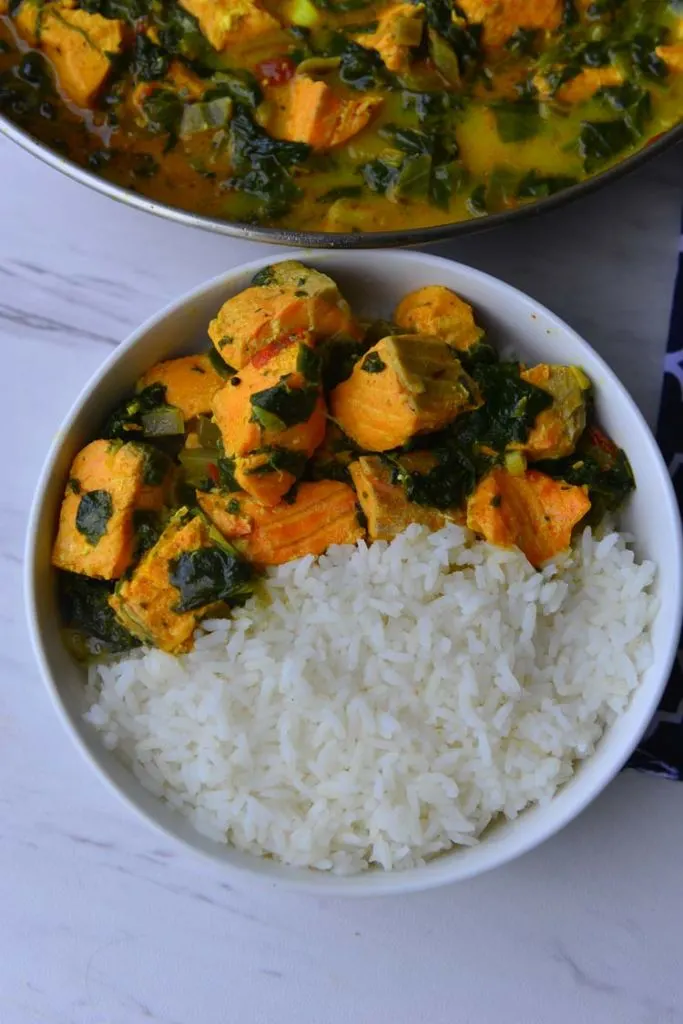Mathi Mulakittathu is a traditional Kerala fish curry, made with sardines. This red curry is indeed spicy and not for the faint of heart. If you are not a fan of sardine make it with other small fatty fish. Since this curry is hot and tangy it is usually served with a neutral starch – like plain rice or boiled tapioca. I have friend who would he happy to have it with appam or puttu (steam rice cakes) or dosa as well 🙂 .

Sardines – you either love them or hate them. More over half the world doesn’t know about this fish or knows it only as fish bai . But if you are from a coastal fishing communities chances are you have eaten fresh sardines, and there is nothing like it. These tiny fish are what your brain needs, what your bones need and what your muscles need. Why oh why would anyone want to use it as bait to lure the large fish, that are usually contaminated with mercury, other heavy metals and PCBs ? To show off the knife skills ?
Ah, I guess I just answered my question – It is a pain to clean !!! This is when I miss my Bangalore fish monger. Not hat I ever got sardines from him – at least I don’t think I did. May be the lack of sardine Omega-3 s are affecting my memory! Perish that thought, I just would LOVE to have someone clean them !
Sardines were considered poor man’s fish – almost always they were very cheap. Since they are fragile and spoil easily usually the fishermen would like to sell these as soon as possible.
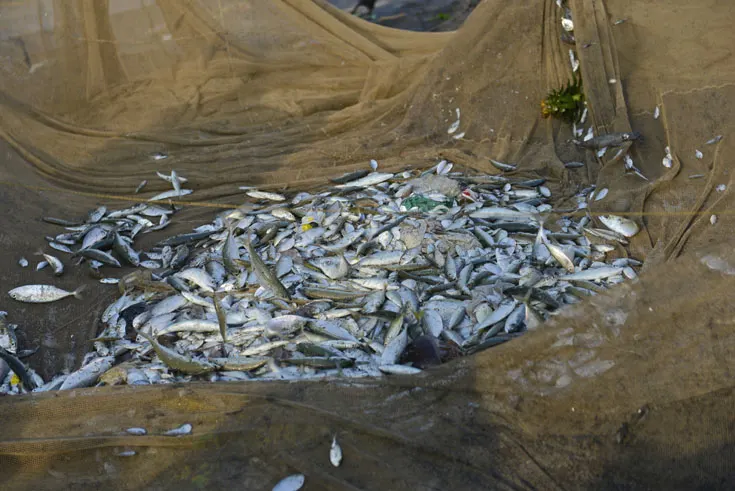
This was the catch of the day out off the Arabian sea in the Varkala beach . I don’t think that day’s catch consisted of sardines, but there definitely were a lot of tiny fish. We do love to eat small fish in Kerala, especially if when they are liberally coated with spices and deep fried — YUM !!!
Obviously I am partial to small fish. Since these are too small to be filleted, the curries are usually made with the whole fish , bones and all. Which make the broth thick and filled with all the gelatinous goodness.
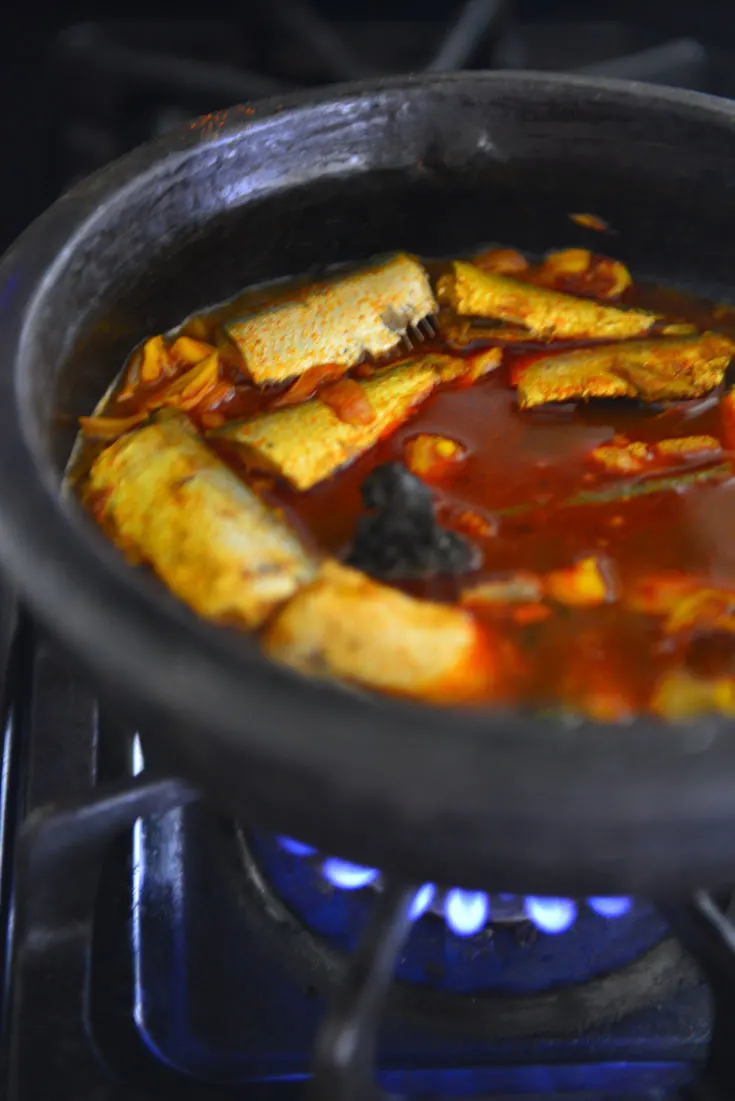
Traditionally fish curries are cooked in cay pots. Often there will be clay pots reserved only for fish curries. I prefer to make avial in clay pots as well. Yes , I have one for fish and another one for vegetables 🙂 .
Shallots or pearl onions are used in this dish, not regular onions. The aroma of thinly sliced shallots or pearl onions frying in coconut oil is very different from that of onions, but I have made Mathi Mulakittathu with regular onions as well.
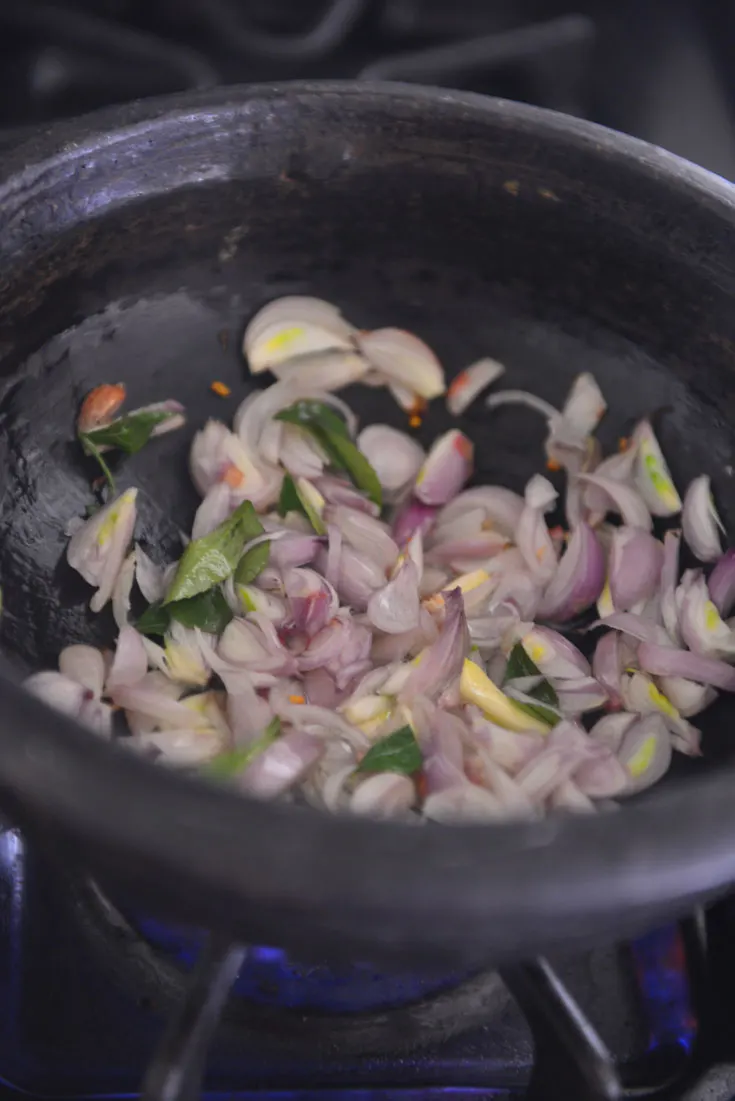
The other day when I blogged about the Thiruvathira Puzhukku a reader had asked about kappa Puzhukku. Kappa puzhukku follows pretty much the same recipe except that it is made with only one tuber – tapioca or cassava. This is the fish curry that you would want to serve with Kappa. Often times we do not make puzhukku with spices for a spicy recipe like this – rather boil and lightly season the cassava with salt and may be a sprig of curry leaf.
This is not a curry you want to make with canned sardines. “Fresh, fresh and fresh”, is the mantra of the day. If you want to use up canned sardines try this canned sardine curry or Meen Peera.
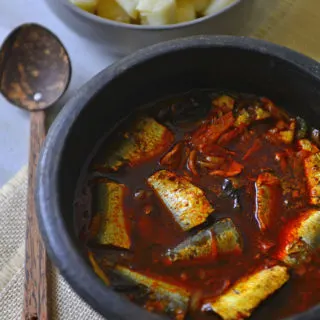
Mathi Mulakittathu – Spicy Sardine Curry
Ingredients
- 1 lb Sardines 500 g Cleaned
- 4 - 5 Shallots
- 4 Cloves Garlic
- 1 Inch Fresh Ginger
- 1/4 Tsp Fenugreek Seeds Crushed
- 2 Tsp Kashmiri Chili Powder / Paprika
- 1 Pinch Turmeric
- 3- 4 Green Chilies See Notes
- 10 Whole Black Pepper See Notes
- 1 - 2 Kudam Puli / Tamarind See Notes
- 2 Sprigs Curry leaves - 2 Sprigs
- 1/2 Tsp Salt To Taste
- 2 Tbsp Coconut oil
Instructions
- Slice the ginger and garlic and lightly crush using a mortar and pestle. Crush the black pepper as well. Set aside.
- Soak the Kudam Puli or tamarind in warm water and set aside.
- Slice the shallots thin.
- Heat oil in a pan. When hot add the shallots , ginger , green chilies and garlic. Fry for about 2 few minutes add the crushed fenugreek seeds and curry leaves. Stir fry till the shallots begin to turn golden.
- Add the Kashmiri chili powder and turmeric along with 1/2 tsp of salt. Pour about 1 tbsp of water into the mix and let the spices cook for a minutes until the moisture evaporates and the oil begins to leave the vegetables.
- Add the tamarind along with water and about 1 to 1.5 cups of water to make enough liquid to cover the fish pieces. Bring it to a boil over medium heat. Taste and adjust salt .
- When the water comes to a boil add the fish and gently swirl the pan to coat all the pieces with the spiced liquid.
- Keep the heat on medium and bring the curry to a boil. Cover with a lid and simmer for 10 minutes. Open the lid swirl the pan one more time and add a few more curry leaves. Close the lid, cook on low heat for 5 more minutes and turn off the heat.
- Rest the curry for half an hour before serving. The curry tastes better if served the next day.
Notes
- When using regular chili powder use 1 tsp or less.
- Kudam Puli is also known as Garcenia Gamboge, Fish tamarind, Malabar Tamrind
- When Kudam Puli is not available , use regular tamarind about the size
of marble - When tender black pepper (green peppercorns) is available use it . Do not crush these.
- Leave the green chilies whole , these are special treat for spice lovers and imparts flavor without increasing the heat quotient
- When Thai chilies or birds eye chilies are available use them - double the number as these are small , but leave them whole as they are very spicy.
- Clay pots retain heat more than metal pans. Even after the heat is
switched off the curry will continue cooking for 5 to 10 minutes.
Important: Nutrition Values are estimates. Actuals vary based on ingredients and serving size.
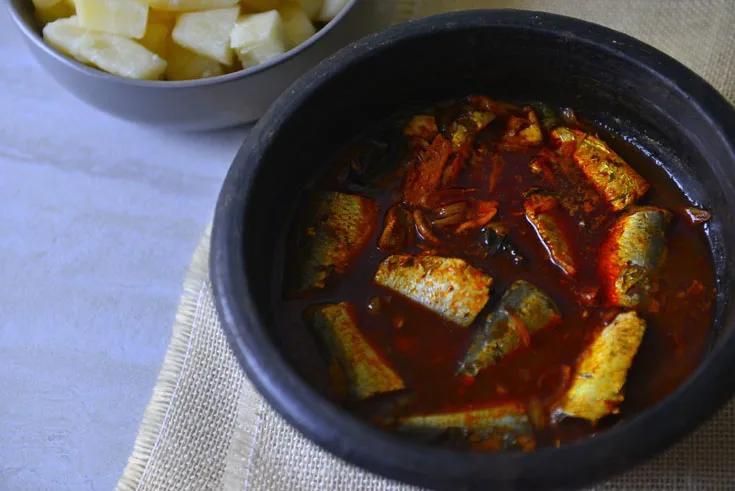
Notes: This curry tastes better as it matures. Often times the fish is cooked with the spice powders and tamarind and refrigerated overnight. About an hour before serving, take out of of the fridge. Saute the vegetables and add to the curry. Warm the curry before serving.
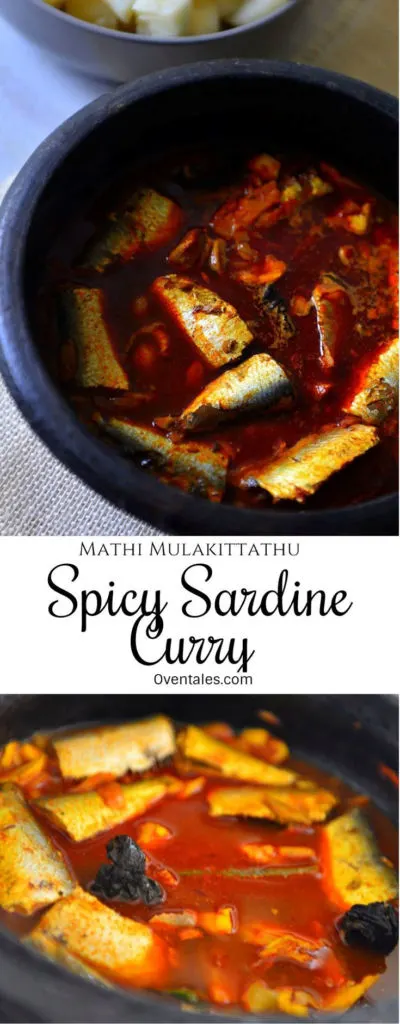
Canned sardines are definitely much easier to work with. Ever tried curried canned sardines ?
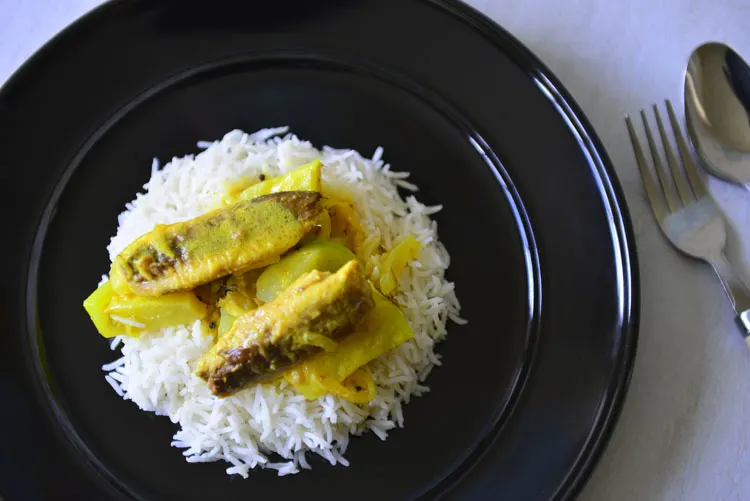
Here is another quick dinner/lunch inspired by flavors of the coast – Curried Salmon With Spinach
